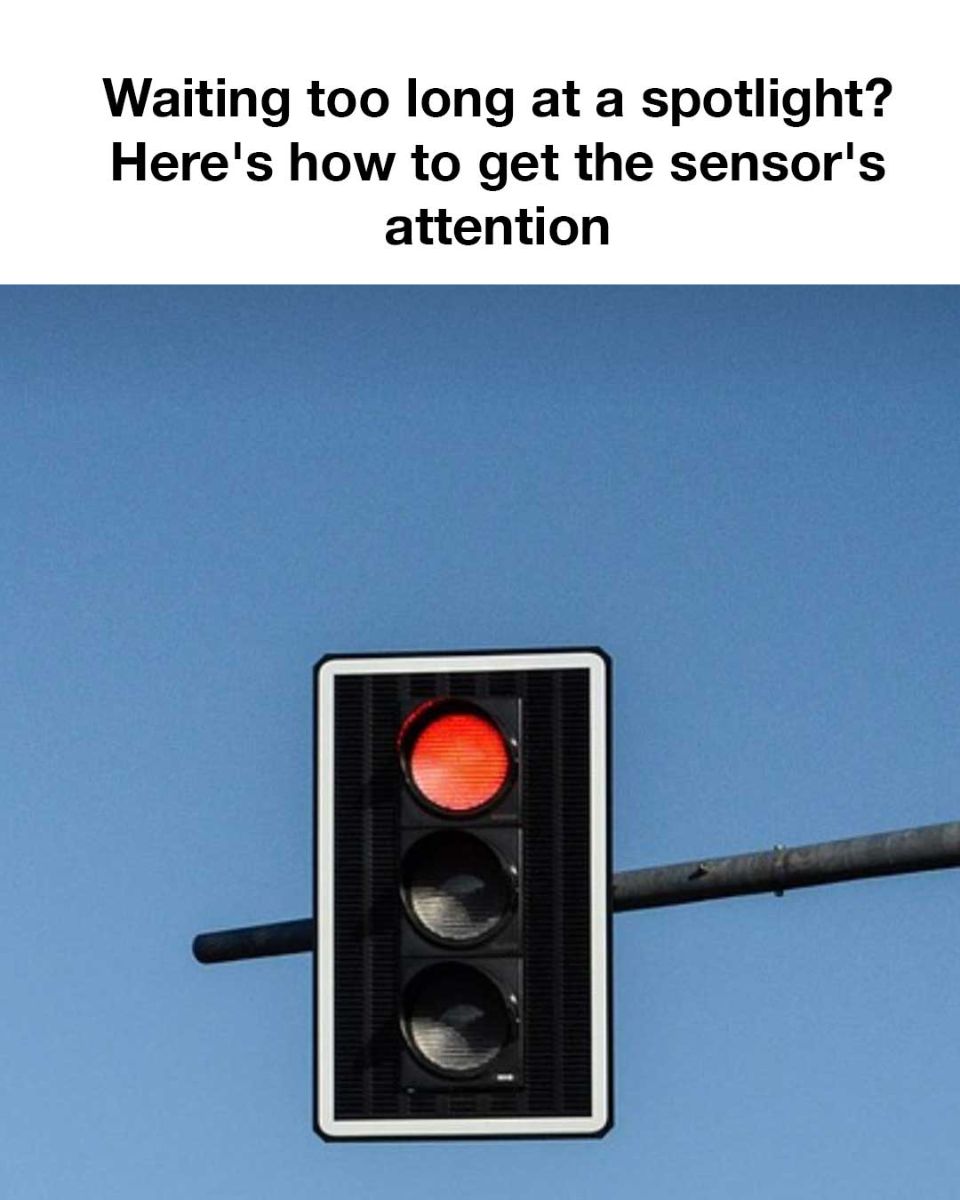ADVERTISEMENT
Beyond proper positioning and flashing lights, other methods can be effective. For vehicles that consistently fail to trigger sensors, installing a small magnet on the underside can help induce an inductive signal. Additionally, waiting for another vehicle to arrive can increase the metal mass over the sensor, potentially triggering a response. It’s essential to adhere to local laws and avoid using any unauthorized equipment on public roads.
While it’s natural to seek efficient traffic flow, it’s crucial to prioritize safety and legal compliance. Avoid actions like excessive revving, continuous flashing of high beams, or leaving your assigned lane, as these can be considered unsafe or illegal. Using unauthorized devices to manipulate sensors can also violate local traffic laws.
Reporting Malfunctioning Sensors
If you consistently encounter unresponsive sensors at a particular intersection, report the issue to the local traffic management authorities. Properly functioning traffic lights are essential for road safety and efficiency. Most municipalities have reporting systems in place, whether online or via a hotline, to address such concerns and ensure timely repairs.
A Patient and Safe Approach
Although waiting at a red light can be frustrating, maintaining patience and employing safe methods to activate sensors is crucial. Understanding how traffic light systems operate empowers you to mitigate delays while promoting safe driving conditions. By combining informed strategies with community engagement to address malfunctioning sensors, we can collectively contribute to a smoother and more efficient traffic experience for all.
ADVERTISEMENT
